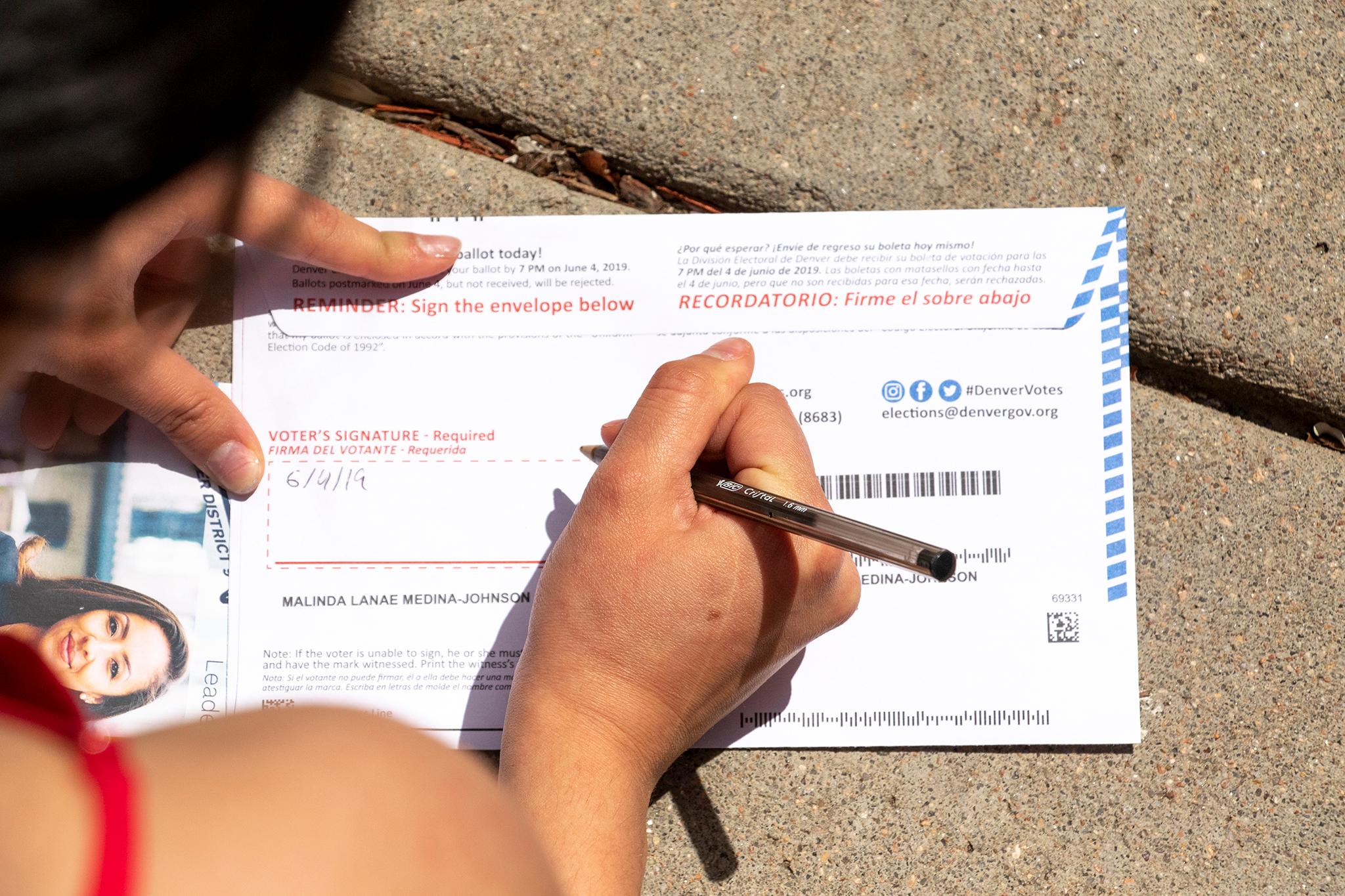
Funding for public media is at stake. Stand up and support what you value today.
Win a trip for two
to New York City!

Funding for public media is at stake. Stand up and support what you value today.
It takes a good day’s drive to cover Colorado, but we’ll help you do it in a few minutes. Our newsletters bring you a closer look at the stories that affect you and the music that inspires you.

Colorado Postcards are snapshots of our colorful state in sound. They give brief insights into our people and places, our flora and fauna, and our past and present, from every corner of Colorado. Listen now.